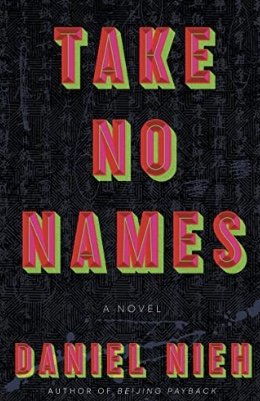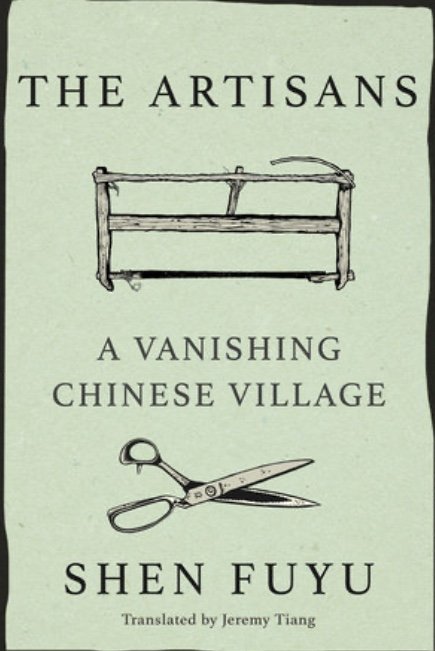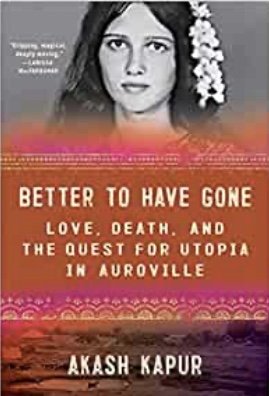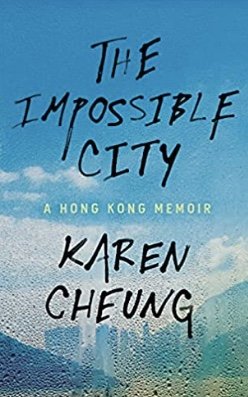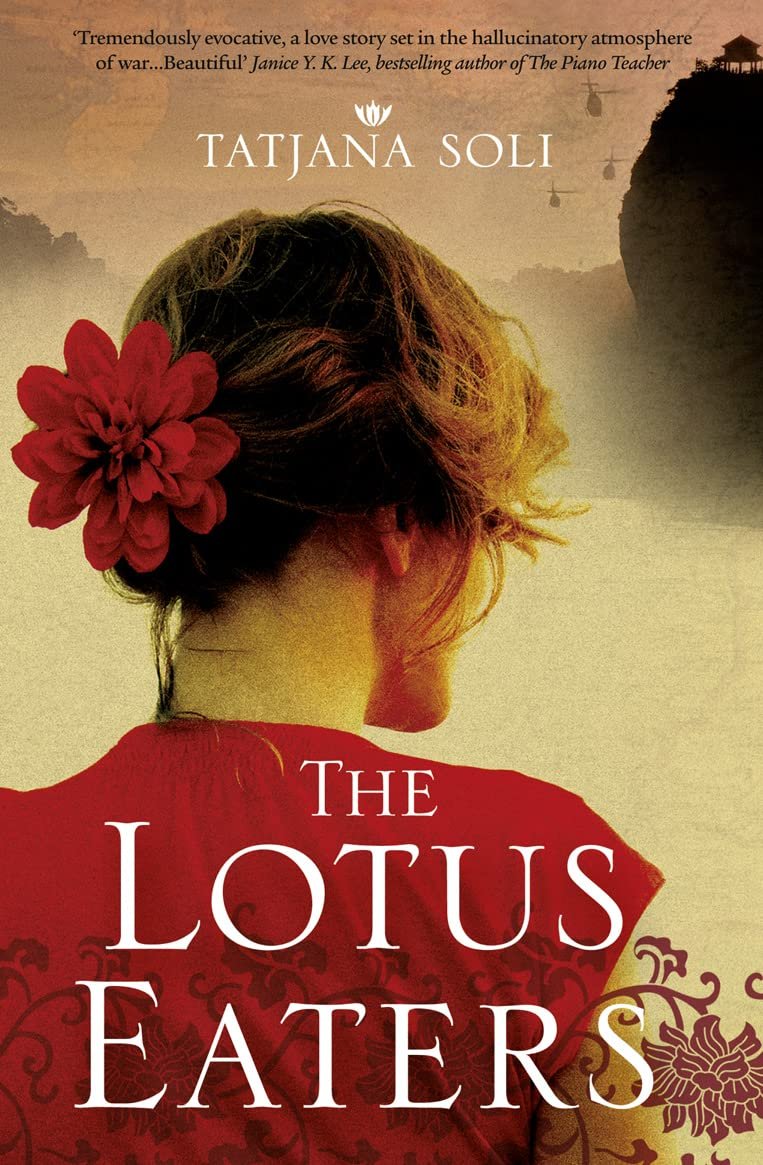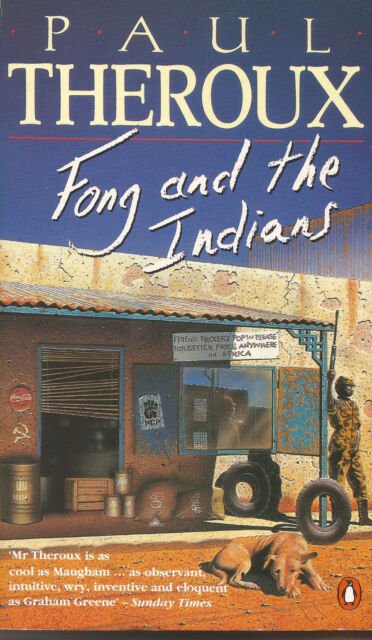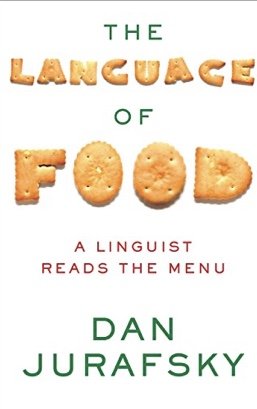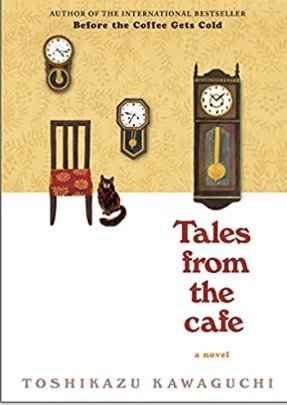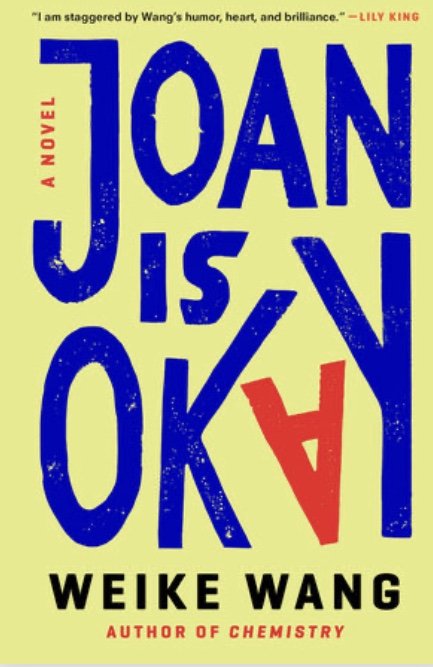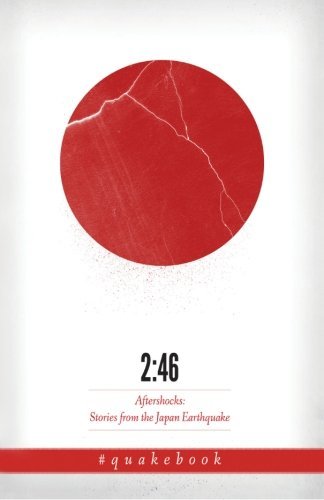Take No Names by Daniel Nieh (HarperCollins, release date July 5, 2022)
Fasten those seatbelts and hold on tight. From the first page to the last of this puzzling thriller, Daniel Nieh keeps readers guessing with unanticipated twists and hairpin curves taken at breakneck speed.
Dennis Lao is almost an invisible man in Seattle’s Chinatown, one in a crowd of waiters and dishwashers who are paid under the table, rent rooms filled with bunkbeds, and sleep in shifts. Lao has lived this way for sixteen months. Before that he was Victor Li, an affluent guy who “grew up with a white mom, a free-spirited sister, a golden retriever, and a Playstation 3.” That came to an end when his father is brutally murdered and Li learns where the money came from. Sun Jianshui, a “mild-mannered assassin,” arrives from China, introduces himself as an enforcer employed by Li’s father, and takes Li on a quest for revenge that ends in another death. Now Victor Li is Dennis Lao, on the run with a warrant out for his arrest.
But the guy is a self-confessed adrenaline junkie. With a friend he’s met at a martial arts gym, he ends up rummaging through storage units run by Homeland Security, scavenging the confiscated belongings of deportees. That’s how he ends up on the run once again, in possession of a sizable gemstone, painite, the rarest in the world, worth $65,000 a carat. His friend drives the getaway car and Li has the address of a potential buyer. They’re headed for Mexico City.
Once they cross the border, they’re plunged into a morass of pulque bars, political dissidents, a controversial Chinese construction project, American goons named after cheap beers, and head-spinning deceit. These boys simply cannot catch a break or make a good decision. Lucky for them that Li’s sister manages to track them down, accompanied by the assassin who killed her father. Jules and Sun have formed an unlikely alliance--and with her brains and his array of talents, (not all of them homicidal), the Hard Luck Twins just might come out of this alive.
Sprinkled generously through this noir adventure are looks at geopolitical tensions between the U.S. and China, the economic hegemony that China is weaving across the globe in competition with the U.S., the political power of drug cartels, and some fascinating glimpses of DF, Distrito Federal, the 573-square-mile capital that’s known as Mexico City.
Nieh is quite obviously enthralled by this metropolis and was fortunate in having the thirty-two-year DF resident and author, David Lida, as his friend while he was there. Under Lida’s guidance, Nieh was given the background that he uses to depict dive bars, street markets, and religious shrines in enticing and sometimes harrowing detail. He has the observation skills of a good journalist, deftly describing the Seattle sky, “always near at hand, bearing down, making problems bigger,” the carnivalesque vibrancy of Mexico City streets, and the presiding saint of the city, Santa Muerte, “a black-robed skeleton with rhinestone eyes and a Mona Lisa smile.”
Even more frightening than the Saint of Death are the economic strangleholds that threaten Mexico, exerted by mammoth corporations owned by Chinese and American magnates. When Nieh takes readers inside the Baoli Tower, home of a global construction empire with Chinese ownership, this is a place even more chilling than the palatial compound of the foremost cartel leader. Deftly he turns real-life threats into fiction, believe them or not.
With equal skill, Daniel Nieh has perfected the art of the cliffhanger ending and the ability to transform a sequel that’s possibly part of a series into a free-standing adventure. Although it’s a fine idea to read Beijing Payback, the novel that introduced Victor Li, that’s only because it’s such a good book. Take No Names stands on its own without a required preamble, one of the books most likely to be tucked in a suitcase after its publication in July--especially if vacation plans include a trip to Mexico City. ~Janet Brown
